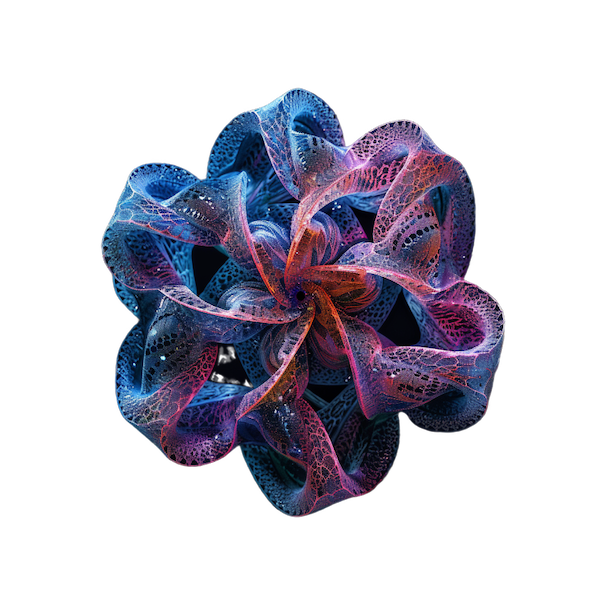

Background
How can we connect people to their local waterbodies? Kat is exploring how to use citizen science and experience design to influence personal identity. Using a games-based prototyping approach, she's building an app that helps people test waterways, understand the results and feel personally connected. Kat is studying Integrated Water Resource Management. Before that, she spent 15 years working in start-ups as a web designer.

Spaces of Confluence: Experience Design for Protecting Freshwater
How do we help people care more deeply for waterways and participate in protecting them? Canada’s waterways are becoming increasingly stressed through lack of political will and public inaction. People are also increasingly feeling environmental anxiety because of climate change. How can we find purpose, understanding, and meaning to help protect our lakes, rivers and streams?
This project was originally designed to explore how games could be combined with crowd- sourced water testing (citizen science) to build a more engaged public. Kat has been working on Water Rangers, an open-data platform for water quality testing for the past four years, and it’s been a way to engage people with water science. But, her dream is to make a big difference for waterways; that means thousands, if not millions, of people involved. And that requires an enticing experience.
Through eight prototyping iterations, Kat explored how game mechanics could help create a fulfilling water testing context and experience. Willing water testers raced around Building 21; they were testing water in simulated environments using maps and other visuals, describing how they felt, what language let them understand simple scientific concepts, and what felt the most meaningful and uplifting. In later iterations, a phone app experience allowed them to engage with projected outdoor water scenes to see how experiences near water could be simulated so she could validate feedback loops. The concepts explored water and electricity's similarities in flow and energy, and moved beyond extrinsic game mechanics like points and badges, and into the realm of creating intrinsic and meaningful connections while understanding the uniqueness and beauty of waterways.

In the final prototype, players explore the unique characters of waterways and build up their own water art identity. What emerged is ‘Spaces of Confluence’: an app experience that is engaging, meaningful and motivating.
Imagine your phone buzzes: you are near a space of confluence: a special place where one or more waterbodies flow into another. By testing the water for conductivity (conductivity measures anything that conducts electricity in water such as minerals and salts) with an inexpensive conductivity meter that fits in your pocket, you’ll start to understand that waterway’s character… and the stresses it faces. After completing samples at all the prompted locations, you’re gifted with that shape of confluence, which represents a piece of energy and identity for those waterbodies. The shape is then integrated into artwork designed from all the confluences you’ve collected, unique to you.
Embedded in the experience is a novel approach to predict water health built by using landscape features (bedrock, soil, water flow) and existing data. Its goal is to determine normal levels so that it can answer the questions most people have: "Are my results good or bad?" and “What can I do?”. The approach is called a Fuzzy Logic Model, which is a type of model designed to be understood in plain language.
The experience builds capacity for water protection: it prompts people to explore new spaces, help fill data gaps and give them ideas on how they can help, all while feeling a connection to waterways in beautiful and memorable ways.
Kat has since worked with partners to prototype this for a city-wide experiment in Summer 2020. Families were tasked with testing water quality and completing other challenges that encouraged them to look around and appreciate their surroundings as well as return to the same spots. Kat designed custom t-shirts for the monthly winners, showing their water journeys.

.svg)




